Grow Bell Peppers in Pots and unlock a world of fresh, vibrant flavor right outside your door! Imagine plucking juicy, sun-ripened bell peppers from your own container garden, ready to add a burst of color and taste to your favorite dishes. No sprawling garden required – just a little know-how and a sunny spot.
For centuries, container gardening has allowed people to cultivate food and beauty in even the smallest spaces. From ancient rooftop gardens in Babylon to modern-day urban balconies, the desire to nurture plants close to home is deeply ingrained in human history. Today, with increasing urbanization and a growing interest in sustainable living, the appeal of growing your own food is stronger than ever.
But let’s face it, gardening can sometimes feel intimidating. That’s where these simple DIY tricks come in! Many people struggle with limited space, poor soil, or simply a lack of time. Learning how to grow bell peppers in pots effectively addresses these challenges, offering a practical and rewarding solution. I’m here to guide you through the process, sharing my favorite tips and tricks to ensure you have a bountiful harvest. Get ready to enjoy the satisfaction of growing your own delicious bell peppers, no matter how small your space!
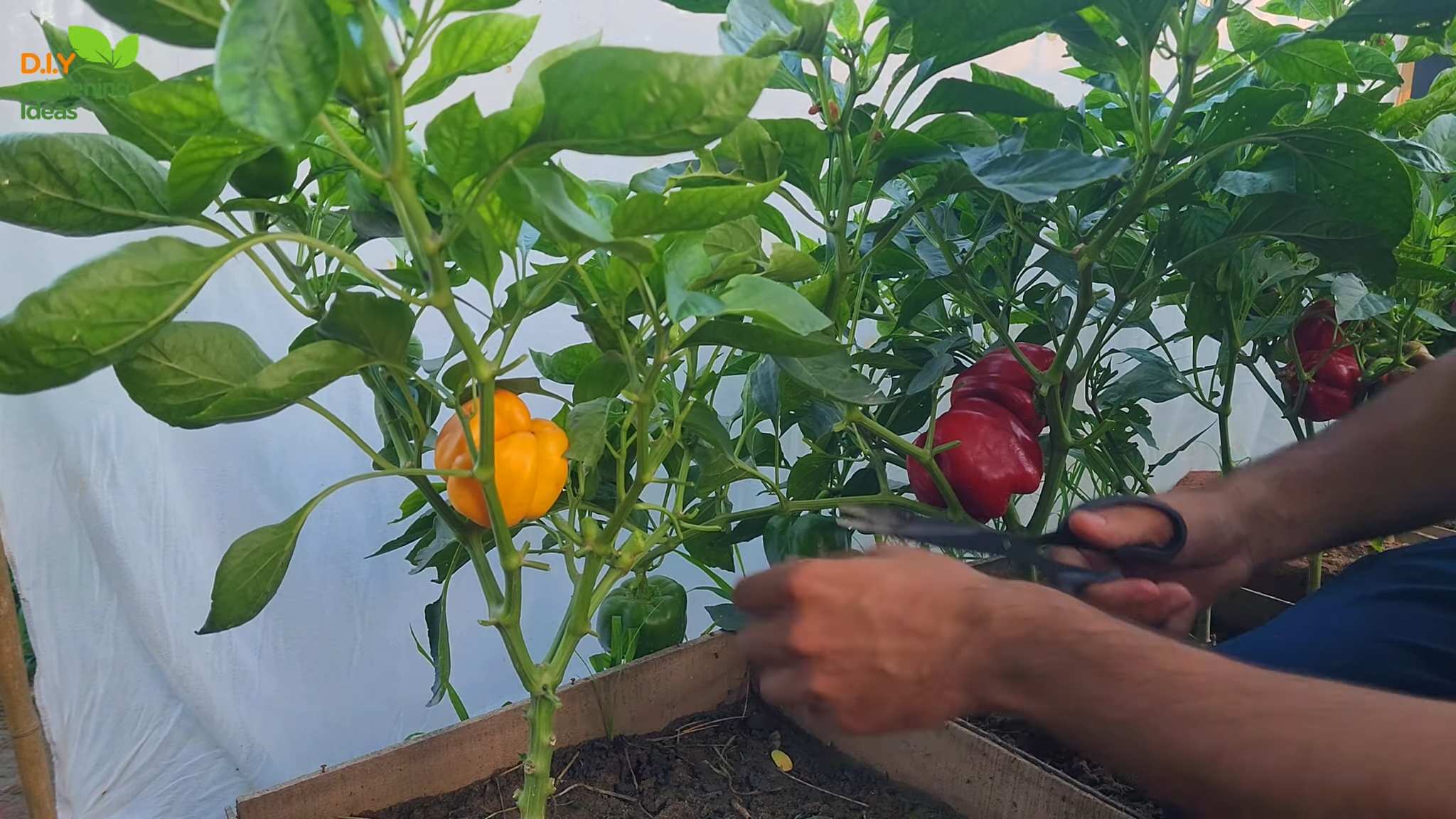
Growing Bell Peppers in Pots: A Comprehensive DIY Guide
Hey there, fellow gardening enthusiasts! I’m so excited to share my tried-and-true method for growing vibrant, delicious bell peppers right in pots. Forget the sprawling garden – with a little know-how, you can enjoy a bountiful pepper harvest even on a small balcony or patio. Let’s dive in!
Choosing the Right Pepper Variety
Before we get our hands dirty, it’s crucial to select the right bell pepper variety for container gardening. Some varieties are naturally more compact and productive in pots than others. Here are a few of my favorites:
* ‘Patio Bell’: As the name suggests, this variety is specifically bred for container growing. It produces smaller, but plentiful, peppers on compact plants.
* ‘Mini Bell’: These adorable little peppers are perfect for snacking and stuffing. The plants are relatively small and easy to manage in pots.
* ‘Sweet Palermo’: While technically not a bell pepper (it’s a sweet pointed pepper), ‘Sweet Palermo’ thrives in containers and offers a fantastic flavor.
* ‘Lunchbox Peppers’: These are small, sweet, and colorful, making them a great choice for kids (and adults who love a quick snack!). They do well in pots.
* ‘Gypsy’: This early-maturing variety produces medium-sized peppers and is known for its disease resistance, making it a reliable choice for beginners.
When choosing your variety, consider your climate and the amount of sunlight your patio receives. Read the seed packet or plant label carefully to ensure the variety is suitable for your growing conditions.
Gathering Your Supplies
Okay, now let’s gather everything we need to get started. Here’s a comprehensive list:
* Bell pepper seeds or seedlings: Choose your favorite variety! If you’re starting from seed, you’ll need to start them indoors about 6-8 weeks before the last expected frost.
* Pots: Select pots that are at least 12 inches in diameter and depth. Larger pots (15-18 inches) are even better, as they provide more room for the roots to grow and hold moisture. Make sure your pots have drainage holes!
* Potting mix: Use a high-quality potting mix specifically formulated for containers. Avoid using garden soil, as it can compact and drain poorly in pots. I recommend a mix that contains peat moss, perlite, and vermiculite.
* Slow-release fertilizer: Bell peppers are heavy feeders, so a slow-release fertilizer will provide them with a steady supply of nutrients throughout the growing season. Look for a fertilizer with a balanced NPK ratio (e.g., 14-14-14).
* Watering can or hose: You’ll need a way to water your plants regularly.
* Trowel or small shovel: For transplanting seedlings or filling pots with potting mix.
* Stakes or cages (optional): Some bell pepper varieties can get quite tall and may need support to prevent them from toppling over.
* Mulch (optional): A layer of mulch can help retain moisture in the soil and suppress weeds. Straw, wood chips, or shredded bark are all good options.
* Gardening gloves: To protect your hands.
* Seed starting tray and dome (if starting from seed): These are essential for starting seeds indoors.
* Heat mat (optional, if starting from seed): A heat mat can help speed up germination.
* Grow light (optional, if starting from seed): A grow light will provide seedlings with the light they need to grow strong and healthy.
Step-by-Step Planting Guide
Alright, let’s get planting! Whether you’re starting from seed or transplanting seedlings, follow these steps for success:
Starting from Seed (Indoor Seed Starting)
1. Sow the seeds: Fill your seed starting tray with a seed starting mix. Moisten the mix thoroughly. Sow the bell pepper seeds about ¼ inch deep in the cells of the tray. I usually plant 2-3 seeds per cell to increase the chances of germination.
2. Provide warmth and moisture: Cover the tray with a humidity dome to create a warm, moist environment. Place the tray on a heat mat if you have one. Keep the soil consistently moist, but not soggy.
3. Provide light: Once the seeds germinate (usually within 7-14 days), remove the humidity dome and place the tray under a grow light. If you don’t have a grow light, place the tray in a sunny window, but be sure to rotate it regularly to prevent the seedlings from leaning towards the light.
4. Thin the seedlings: Once the seedlings have developed their first true leaves (the leaves that appear after the initial seed leaves), thin them to one seedling per cell. Snip off the weaker seedlings at the soil line with scissors.
5. Harden off the seedlings: Before transplanting the seedlings outdoors, you’ll need to harden them off. This process gradually acclimates the seedlings to outdoor conditions. Start by placing the seedlings outdoors in a sheltered location for an hour or two each day, gradually increasing the amount of time they spend outdoors over the course of a week. Protect them from direct sunlight and strong winds.
Transplanting Seedlings (or Planting Purchased Seedlings)
1. Prepare the pots: Fill your chosen pots with potting mix, leaving about an inch or two of space at the top.
2. Dig a hole: Dig a hole in the center of each pot that is large enough to accommodate the root ball of the seedling.
3. Remove the seedling from its container: Gently remove the seedling from its container, being careful not to damage the roots. If the roots are pot-bound (tightly circling the bottom of the container), gently loosen them with your fingers.
4. Plant the seedling: Place the seedling in the hole and backfill with potting mix, gently firming the soil around the base of the plant. Make sure the top of the root ball is level with the soil surface.
5. Water thoroughly: Water the newly planted seedlings thoroughly, until water drains out of the drainage holes.
6. Add fertilizer: Sprinkle a slow-release fertilizer around the base of the plant, following the instructions on the fertilizer package.
7. Add mulch (optional): Apply a layer of mulch around the base of the plant to help retain moisture and suppress weeds.
8. Provide support (optional): If you’re growing a tall variety, insert a stake or cage into the pot to provide support.
Caring for Your Bell Pepper Plants
Now that your bell pepper plants are in their pots, it’s time to provide them with the care they need to thrive.
* Watering: Bell peppers need consistent moisture, especially when they are actively growing and producing fruit. Water deeply whenever the top inch of soil feels dry to the touch. Avoid overwatering, as this can lead to root rot. I usually water my pepper plants every 2-3 days, depending on the weather.
* Fertilizing: Bell peppers are heavy feeders and need regular fertilization to produce a good crop. In addition to the slow-release fertilizer you added at planting time, you can supplement with a liquid fertilizer every 2-3 weeks. Look for a fertilizer that is high in phosphorus and potassium, which are essential for fruit development. I like to use a seaweed emulsion or fish emulsion fertilizer.
* Sunlight: Bell peppers need at least 6-8 hours of sunlight per day to thrive. Place your pots in a sunny location where they will receive plenty of direct sunlight.
* Pruning: Pruning bell pepper plants can help improve air circulation and encourage fruit production. Remove any suckers (small shoots that grow from the base of the plant) and any yellowing or diseased leaves. You can also pinch off the tips of the branches to encourage bushier growth.
* Pest and disease control: Bell peppers are susceptible to a few common pests and diseases, such as aphids, spider mites, and blossom end rot. Inspect your plants regularly for signs of pests or diseases and take action promptly. Aphids and spider mites can be controlled with insecticidal soap or neem oil. Blossom end rot is caused by a calcium deficiency and can be prevented by adding calcium to the soil or using a calcium-rich fertilizer.
* Pollination: Bell peppers are self-pollinating, but they can benefit from a little help from you. Gently shake the plants or use a small paintbrush to transfer pollen from one flower to another. This is especially important if you’re growing your plants indoors or in a sheltered location where there are few pollinators.
Harvesting Your Bell Peppers
The moment we’ve all been waiting for – harvesting! Bell peppers are typically ready to harvest about 60-90 days after transplanting, depending on the variety.
* When to harvest: Harvest your bell peppers when they have reached their mature size and color. The peppers should be firm and glossy. You can harvest green bell peppers at
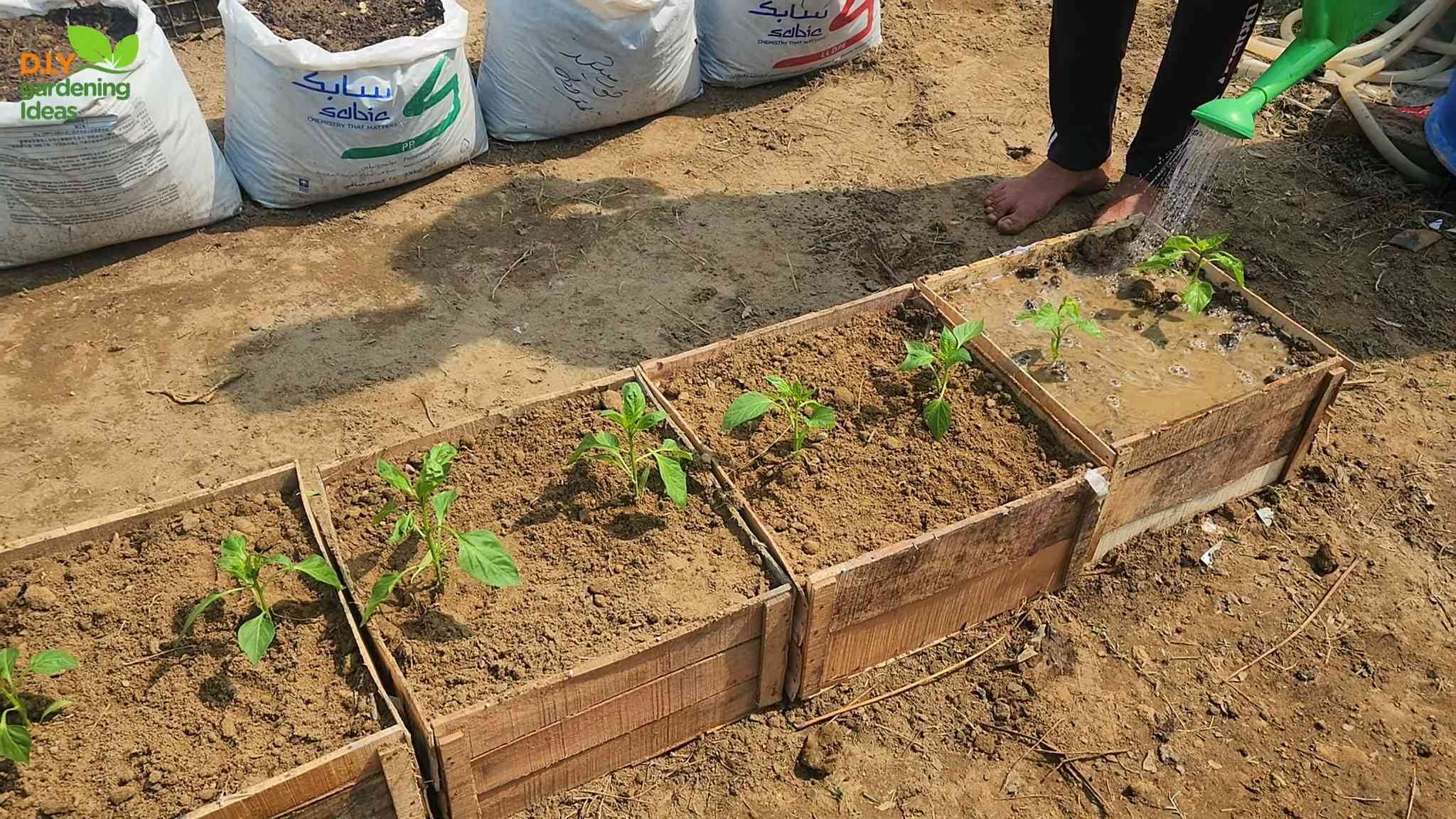
Conclusion
So, there you have it! Growing bell peppers in pots isn’t just a possibility; it’s a rewarding and surprisingly simple way to bring fresh, vibrant flavor right to your doorstep. We’ve walked through the essential steps, from selecting the right pot and soil to nurturing your plants with sunlight and water. But why is this DIY trick a must-try?
Firstly, consider the convenience. No sprawling garden is required! Whether you have a small balcony, a sunny patio, or even just a well-lit windowsill, you can cultivate your own bell peppers. This makes fresh, homegrown produce accessible to everyone, regardless of their living situation.
Secondly, think about the control you gain. Growing bell peppers in pots allows you to meticulously manage the growing environment. You can easily move your plants to chase the sun, protect them from unexpected frosts, and ensure they receive the precise amount of water and nutrients they need. This level of control often translates to healthier, more productive plants and, ultimately, more delicious bell peppers.
Thirdly, let’s not forget the sheer satisfaction of nurturing something from seed (or seedling) to harvest. There’s a unique joy in watching your bell pepper plants flourish and then enjoying the fruits (or rather, vegetables!) of your labor. It’s a connection to nature that’s both grounding and incredibly rewarding.
Now, for some suggestions and variations to truly make this your own. Experiment with different bell pepper varieties! While we’ve focused on general principles, each variety has its own nuances. Try growing classic green bell peppers, or branch out with vibrant red, yellow, orange, or even purple varieties. Each offers a unique flavor profile and visual appeal.
Consider companion planting. Basil, marigolds, and nasturtiums are all excellent companions for bell peppers, helping to deter pests and attract beneficial insects. Planting these alongside your bell peppers can create a thriving and self-sustaining ecosystem in your pots.
And don’t be afraid to get creative with your containers. While we recommended specific sizes, you can use a variety of pots, from terracotta to plastic, as long as they provide adequate drainage. You can even repurpose old buckets or containers, adding a touch of personal flair to your gardening setup.
Finally, remember that growing bell peppers in pots is a journey, not a destination. There will be challenges along the way, but don’t be discouraged. Learn from your mistakes, adapt your techniques, and most importantly, enjoy the process.
We wholeheartedly encourage you to try this DIY trick and experience the joy of growing your own bell peppers. And once you do, we’d love to hear about your experience! Share your photos, tips, and challenges in the comments below. Let’s create a community of bell pepper enthusiasts and learn from each other. Happy gardening! This method of growing bell peppers in pots is sure to bring you joy.
FAQ
Q: What is the best size pot for growing bell peppers?
A: Generally, a pot that is at least 12 inches in diameter and 12 inches deep is recommended for growing bell peppers. However, larger pots (14-16 inches or more) are even better, as they provide more room for the roots to grow and allow for better water retention. A 5-gallon pot is a good starting point, but bigger is often better for maximizing yield.
Q: What type of soil should I use for bell peppers in pots?
A: Bell peppers thrive in well-draining, nutrient-rich soil. A good potting mix specifically formulated for vegetables is ideal. Avoid using garden soil directly in pots, as it can become compacted and doesn’t drain well. You can also amend your potting mix with compost or other organic matter to improve its fertility and drainage. A slightly acidic to neutral pH (around 6.0 to 7.0) is optimal.
Q: How much sunlight do bell peppers need?
A: Bell peppers are sun-loving plants and require at least 6-8 hours of direct sunlight per day to produce a good harvest. If you don’t have a spot that receives that much sunlight, you can supplement with grow lights. Ensure the grow lights are positioned correctly to provide adequate coverage and intensity.
Q: How often should I water my bell pepper plants in pots?
A: Water your bell pepper plants regularly, especially during hot and dry weather. The soil should be kept consistently moist but not waterlogged. Check the soil moisture by sticking your finger about an inch deep into the soil. If it feels dry, it’s time to water. Water deeply, allowing the water to drain out of the bottom of the pot. Avoid overhead watering, as this can promote fungal diseases.
Q: What kind of fertilizer should I use for bell peppers?
A: Bell peppers are heavy feeders and benefit from regular fertilization. Use a balanced fertilizer (e.g., 10-10-10) or a fertilizer specifically formulated for vegetables. Follow the instructions on the fertilizer package for application rates. You can also supplement with organic fertilizers like compost tea or fish emulsion. Fertilize every 2-3 weeks during the growing season.
Q: How do I prevent pests and diseases on my bell pepper plants?
A: Regularly inspect your plants for signs of pests or diseases. Common pests include aphids, spider mites, and whiteflies. You can control these pests with insecticidal soap or neem oil. To prevent fungal diseases, ensure good air circulation around your plants and avoid overhead watering. If you notice any signs of disease, remove the affected leaves or plants immediately. Companion planting with basil or marigolds can also help deter pests.
Q: When should I harvest my bell peppers?
A: Bell peppers are typically ready to harvest 60-90 days after transplanting, depending on the variety. The peppers should be firm, glossy, and have reached their mature color (green, red, yellow, orange, etc.). You can harvest green bell peppers before they fully ripen, but they will be sweeter and more flavorful if you allow them to ripen to their mature color. Use pruning shears or a sharp knife to cut the peppers from the plant, leaving a small stem attached.
Q: Can I grow bell peppers indoors?
A: Yes, you can grow bell peppers indoors, but it requires providing them with adequate light and warmth. Place your plants near a sunny window that receives at least 6-8 hours of direct sunlight per day, or supplement with grow lights. Maintain a consistent temperature of around 70-80°F during the day and 60-70°F at night. Ensure good air circulation to prevent fungal diseases. You may also need to hand-pollinate the flowers to ensure fruit set.
Q: My bell pepper plants are flowering, but not producing fruit. What could be the problem?
A: There are several reasons why your bell pepper plants might be flowering but not producing fruit. One common reason is lack of pollination. Bell peppers are self-pollinating, but sometimes they need a little help, especially indoors. You can hand-pollinate the flowers by gently shaking the plant or using a small brush to transfer pollen from one flower to another. Other potential causes include insufficient sunlight, extreme temperatures, or nutrient deficiencies. Ensure your plants are receiving adequate sunlight, maintain a consistent temperature, and fertilize regularly.
Q: Can I overwinter my bell pepper plants?
A: Yes, you can overwinter your bell pepper plants in a frost-free location. Before the first frost, prune the plants back to about 6-8 inches tall and move them indoors to a cool, bright location. Water sparingly during the winter months, allowing the soil to dry out slightly between waterings. In the spring, gradually acclimate the plants to outdoor conditions before transplanting them back into their pots. Overwintering bell pepper plants can result in an earlier and larger harvest the following season.


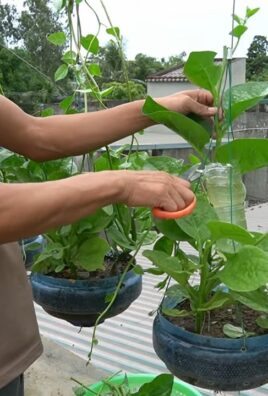
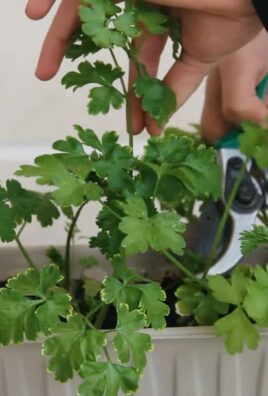
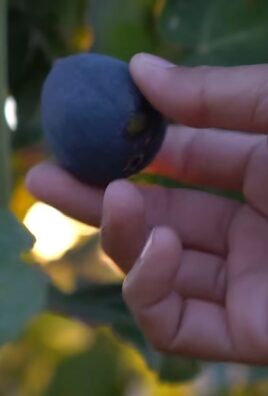
Leave a Comment